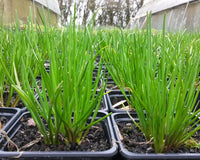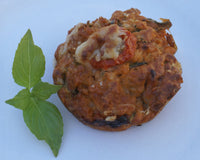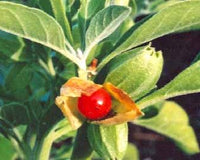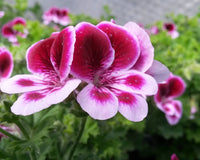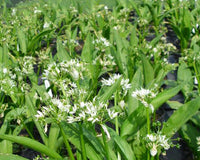Roman Chamomile - Chamaemellum nobile
One of the safest herbal medicines around, roman chamomile can be used with confidence with children and pregnant women or men, should you know any pregnant men, despite being a mild emmenagogue. Anti-spasmodic, anti-convulsant, anti-inflammatory, anti-histamine, anti-emetic, bitter, carminative, anti-ulcer, mild sedative and mild tranquilliser, this versatile herb is one the most important herbs in the medicine cabinet.
There are various types of chamomile and they all have similar properties and actions. Giving off a strong fragrant scent when trodden on, it was used in mediaeval days as strewing herb to lift the stench of their diseased hovels. Quite effective too it was. Of course we used it the same way back in Ancient Greece, but we also knew that the scent was more than just pleasant, it was healthful too. Nowadays you call it aromatherapy but it’s always been known about; where do you think incense came from? The ancient Egyptians consecrated chamomile to Ra, the sun god, or Aton as he was later called. But that bit of silliness was all Amenhotep’s fault, or Akhenaton as he called himself before leaving that sweet kid Nefertiti for his nephew. No wonder Nef gave her daughter and the crown to that complete nobody, Tut, after he finally popped his clogs. Ironic really as Tut is probably the best known pharaoh of all these days despite dropping dead before he was even 20. But I digress.
Old Mad Maude, Zeus loves her, reckons chamomile is the only certain cure for nightmares, and Bartram rates it for use in psychosomatic illness, but he and Non Shaw warn against using large doses, which can be emetic, during pregnancy. The Saxons venerated the herb as one of the nine sacred herbs, given to mankind by Woden himself. I asked old one-eye about this over a pint in the Comet & Vomit (the celestial snug for old gods) and he reckoned it was probably Balder just before he choked on the mistletoe; cos he’d been having bad dreams. Culpeper champions chamomile’s use in dissolving stones in the body. Not a use anybody else mentions, but as he claimed to have seen it work, in vitro as it were, I think he’s probably right. Pages could be written about this wonderful herb, and probably have been, but I’m guessing you’ve got the idea. So...
In the home:
Children: Nappy rash in babies, apart from being painful can, by weakening the skin, predispose to infections like thrush. Washing the bottom with a weak infusion of chamomile can help prevent this, along with letting air circulate round the area by leaving the nappy off as often as possible. Washing with an infusion of chamomile can be effective in treating thrush as can essential oil of chamomile in a base of almond or sesame oil. Chamomile cream applied to the affected skin 2-3 times a day is also an excellent remedy for cradle cap (seborrhoeic dermatitis).
Adults: An infusion (tea) of chamomile and fennel will relieve flatulence, and combined with nervine herbs such as skullcap, betony or passionflower, chamomile can be made into a tea that will ease stress and anxiety, and alleviate tension headaches.


